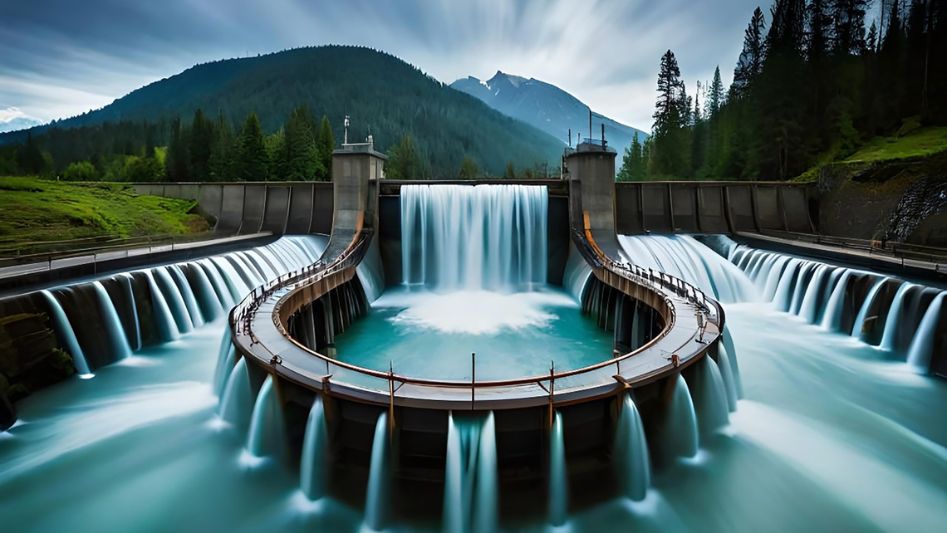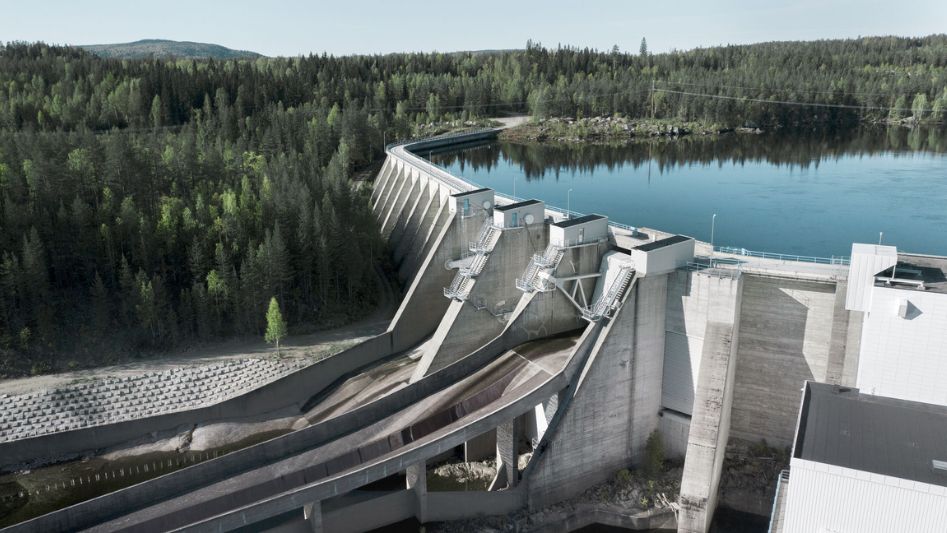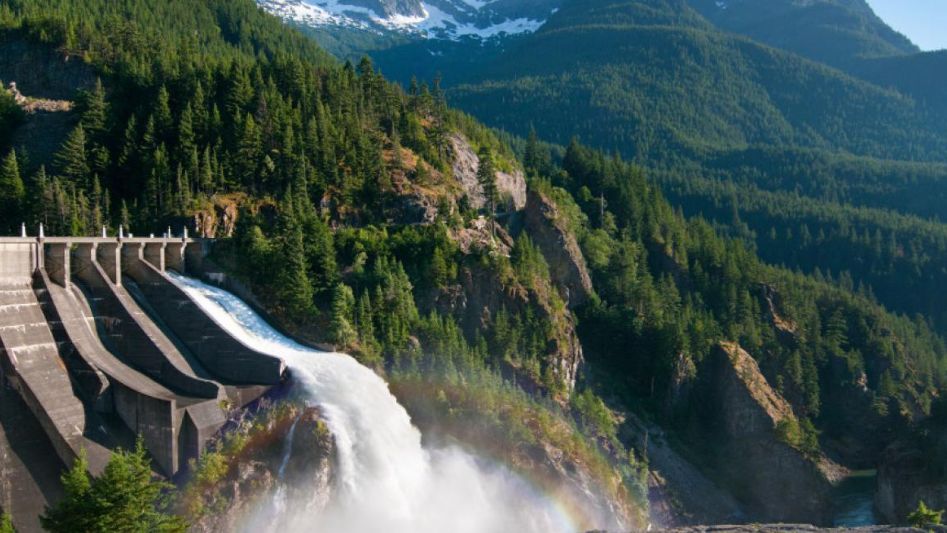Hydroelectricity, often referred to as hydropower, is a renewable energy source that harnesses the energy of flowing water to generate electricity. This technology has been in use for over a century and continues to play a crucial role in the world’s energy landscape. In this article, we will explore the fascinating world of hydroelectricity, its history, working principles, environmental impact, and its significance in the context of renewable energy.
Table of Contents

A Historical Perspective
The roots of hydroelectricity can be traced back to ancient civilizations, where water wheels were used to grind grain and perform other mechanical tasks. However, the modern era of hydropower began in the late 19th century with the development of turbines and generators that could convert water’s kinetic energy into electricity. The world’s first hydroelectric power plant, built in 1882 in Appleton, Wisconsin, marked the beginning of a new era in power generation.
How It Works
Hydropower plants are diverse in design but share a common basic principle: they use flowing water to turn a turbine connected to a generator, thus producing electricity. There are two main types of hydropower plants:
1. Run-of-the-River Plants
These plants utilize the natural flow of a river without the need for a large dam. Water is diverted through a canal, and the kinetic energy of the moving water spins the turbine, generating electricity.
2. Reservoir Plants
Reservoir plants, also known as dam-based hydroelectric plants, store water in a reservoir behind a dam. The controlled release of water from the reservoir to the turbine generates electricity. This design allows for consistent power generation, as the flow of water can be regulated.
Environmental Impact
Hydropower is considered a clean and renewable energy source, but it is not without its environmental considerations:
1. Habitat Disruption
The construction of dams can alter the natural flow of rivers and disrupt ecosystems. Fish migration, sediment transport, and water temperature can all be affected, potentially harming aquatic life.
2. Methane Emissions
In some cases, the decomposition of organic matter in flooded areas behind dams can lead to the release of methane, a potent greenhouse gas.

3. Sediment Accumulation
Dams can trap sediments, leading to downstream erosion and affecting water quality.
However, modern hydroelectric projects are designed with environmental mitigation measures in mind. Fish ladders, water releases to mimic natural flow, and improved dam designs are among the solutions employed to reduce these impacts.
Significance in the Renewable Energy Landscape
Hydropower is a cornerstone of renewable energy production worldwide. Here are some key reasons for its significance:
1. Reliability
Hydropower offers consistent electricity generation, as it is not dependent on weather conditions like solar and wind energy.
2. Scalability
Hydropower can be scaled up or down to meet changing energy demands, making it a versatile source of electricity.
3. Storage
Hydropower reservoirs can also serve as energy storage, releasing water when demand is high and storing it during periods of low demand.
4. Reduced Carbon Emissions
By generating electricity without burning fossil fuels, hydropower helps reduce greenhouse gas emissions and combat climate change.

Conclusion
Hydroelectricity is a remarkable example of how humanity has learned to work in harmony with the environment to meet its energy needs. While challenges such as environmental impact must be addressed, the benefits of hydropower in providing reliable, clean energy are undeniable. As we continue to seek sustainable solutions to our growing energy demands, hydroelectricity will undoubtedly remain a vital component of our renewable energy portfolio, tapping into the perpetual flow of nature to power our modern world.
FAQs
How do hydroelectric power plants work?
Hydroelectric plants use turbines and generators to convert the energy from moving water, either through river flow or dammed reservoirs, into electricity.
Is hydroelectricity environmentally friendly?
While it’s a clean energy source, the construction of dams can impact ecosystems, but modern designs incorporate mitigation measures.
Why is hydropower significant in renewable energy?
Hydropower is reliable, scalable, and reduces carbon emissions, making it a crucial component of the renewable energy landscape.
You May Also Like
- SOLAR ENERGY AND CLIMATE CHANGE: A RAY OF HOPE IN A WARMING WORLD
- HARNESSING THE BREEZE: THE RISE OF ROOFTOP WIND TURBINES
- THE SOLAR ENERGY REVOLUTION: WHY SOLAR IS TAKING OVER THE WORLD
- SOLAR ENERGY IN DEVELOPING COUNTRIES: EMPOWERING COMMUNITIES
- WIND POWER IN YOUR BACKYARD: ROOFTOP WIND TURBINES FOR HOMEOWNERS
